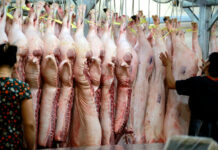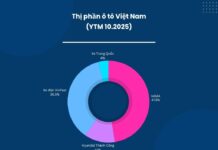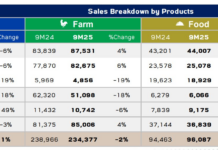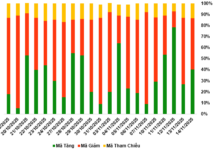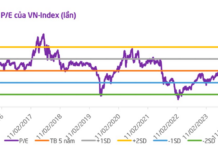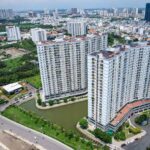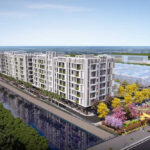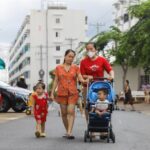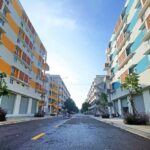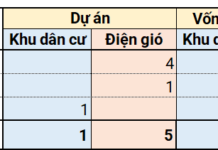As large-scale social housing projects with comprehensive infrastructure and amenities emerge, long-standing perceptions and biases are gradually shifting.
Temporary Solution or Long-Term Home?
For many workers, owning a social housing unit means escaping cramped rental accommodations. However, the reality in numerous projects today reveals that “having a home” doesn’t always equate to “settling down comfortably.” This is often because many developments focus solely on providing shelter, prioritizing size and affordability over other essential aspects.
In many cases, these projects consist of high-rise buildings lacking parks, playgrounds, community centers, or public squares. For social housing residents, the living environment often fails to meet their spiritual and recreational needs. This gap is evident in the experiences of workers themselves. Mai Lan, a garment worker in Bac Ninh, shares: “In the evenings, there’s nothing around the housing area—no parks, no playgrounds, and it’s far from work. It doesn’t feel much different from renting; it’s just a place to sleep and shelter from the elements.”
For young families, the absence or poor connectivity to essential amenities like schools and healthcare facilities is a significant concern. Tuan Hung, a worker at Dinh Vu Industrial Zone currently renting in Hai An (Hai Phong), explains: “My family suggested buying social housing over two years ago, but considering long-term needs for children, I’m still hesitating.”
These insights highlight a clear demand: workers seek more than just shelter or affordable housing—they desire a convenient and connected living environment.
A Breakthrough Model Approaching Commercial Urban Standards
To transform perceptions of social housing, Vingroup introduces Happy Home Trang Cat in Hai Phong. As the city’s largest social housing project, spanning 28.14 hectares with 3,804 units, it aims to set a new benchmark by incorporating exceptional amenities typically found in higher-end segments.
A standout feature is its ecosystem of 59 outdoor amenities—a rarity in social housing. After a long workday, residents can relax in parks, gardens, exercise, or enjoy picnics within the community. Centrally located spaces for reading, children’s play areas, and more foster family and neighborly connections.
The living space at Happy Home Trang Cat is designed to cater to all generations. Adults enjoy green areas for exercise and stress relief, children have safe play and learning environments with three integrated schools, and seniors can stroll, practice tai chi, or socialize in gardens and parks. This “live-learn-play-connect” model, typically seen in commercial urban developments, is now accessible in social housing, enabling workers to build stable, long-term homes.
From a market perspective, Happy Home Trang Cat marks a significant shift from merely providing basic housing to offering a civilized, integrated living standard.
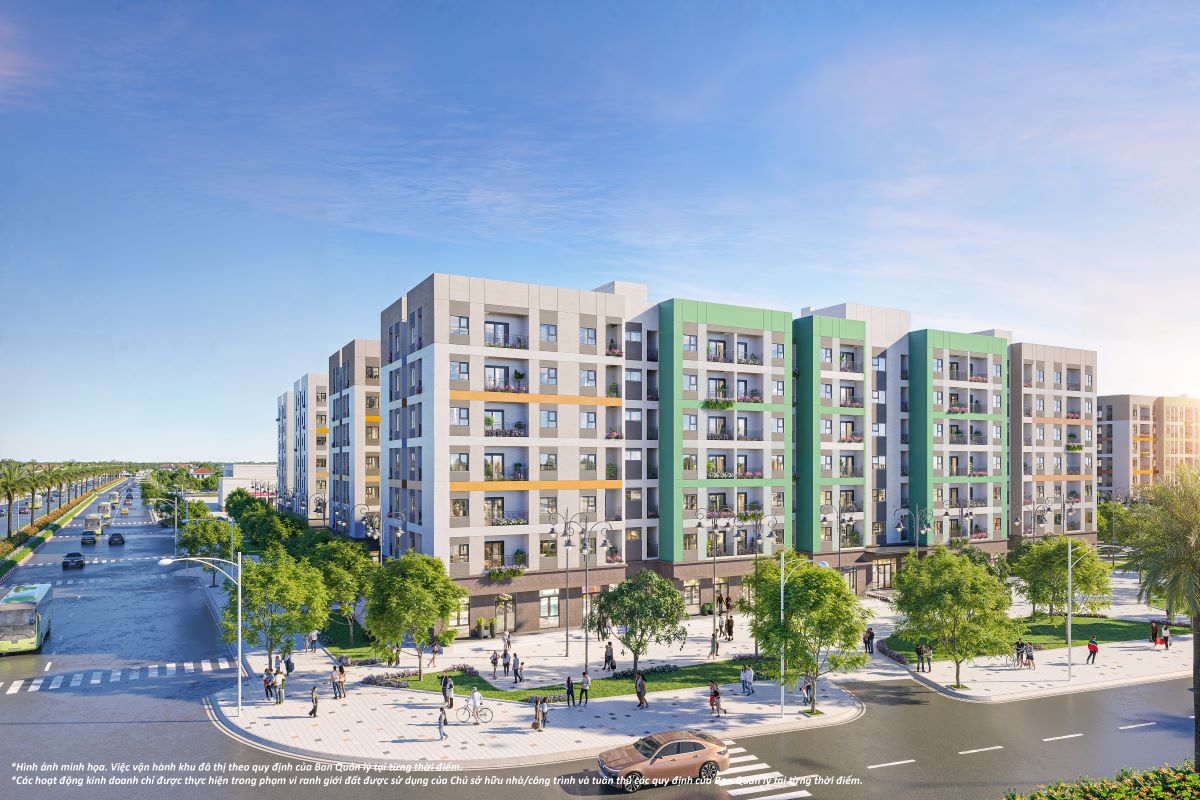
Green spaces and proximity to industrial hubs give Happy Home Trang Cat a distinct advantage.
Strategically located adjacent to the Dinh Vu Economic Zone, Happy Home Trang Cat addresses the housing needs of hundreds of thousands of workers in the area. Its unique position offers easy access to Cat Bi Airport, the city center, and neighboring provinces, making it an ideal choice for those seeking convenience and connectivity.
With its exceptional features surpassing standard expectations, Happy Home Trang Cat redefines social housing, proving it can be integrated, comfortable, and worthy of long-term commitment.
Top 15 Priority Locations Selected by the Ministry of Construction for Social Housing Development
Ho Chi Minh City, Hanoi, Bac Ninh, and 12 other localities have been identified by the Ministry of Construction as key areas for the development of social housing projects.
Vĩnh Long and Đồng Tháp Launch Series of Social Housing Projects
As of now, Vĩnh Long province is implementing 10 social housing projects, eligible to sell over 1,300 units, while Đồng Tháp province is executing 9 projects, but only eligible to sell more than 500 units. However, the implementation process faces numerous challenges, particularly in terms of capital.
Top 18 Elite Construction Firms Selected by Ministry of Construction for Social Housing Projects
The Ministry of Construction has recently submitted a report to the Government, identifying 18 capable construction companies to develop social housing and 15 localities with the highest demand for social housing nationwide.

